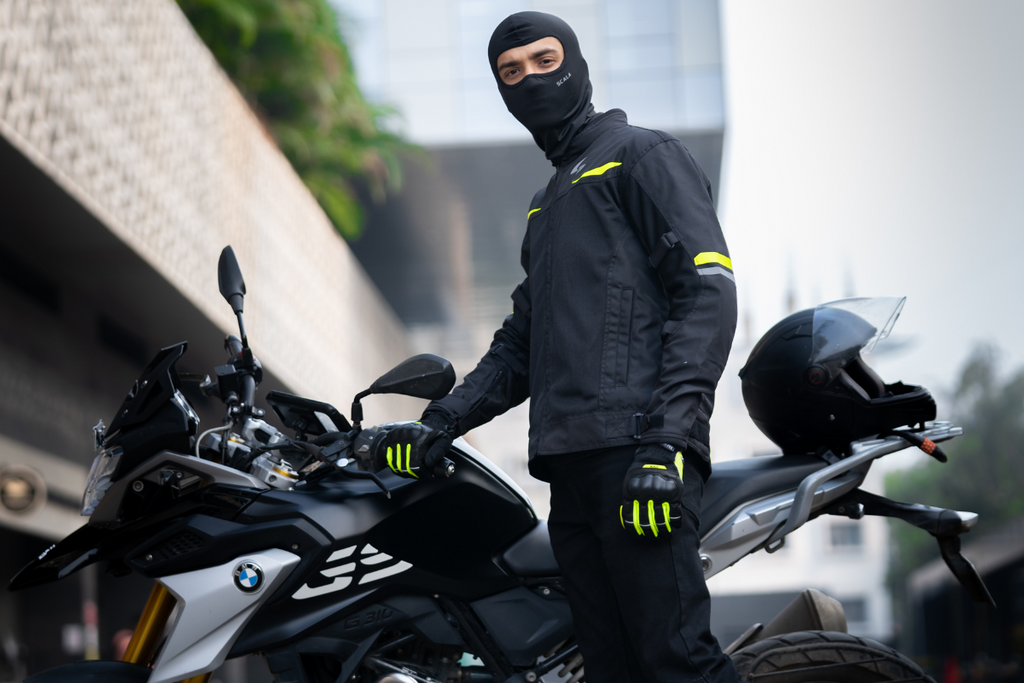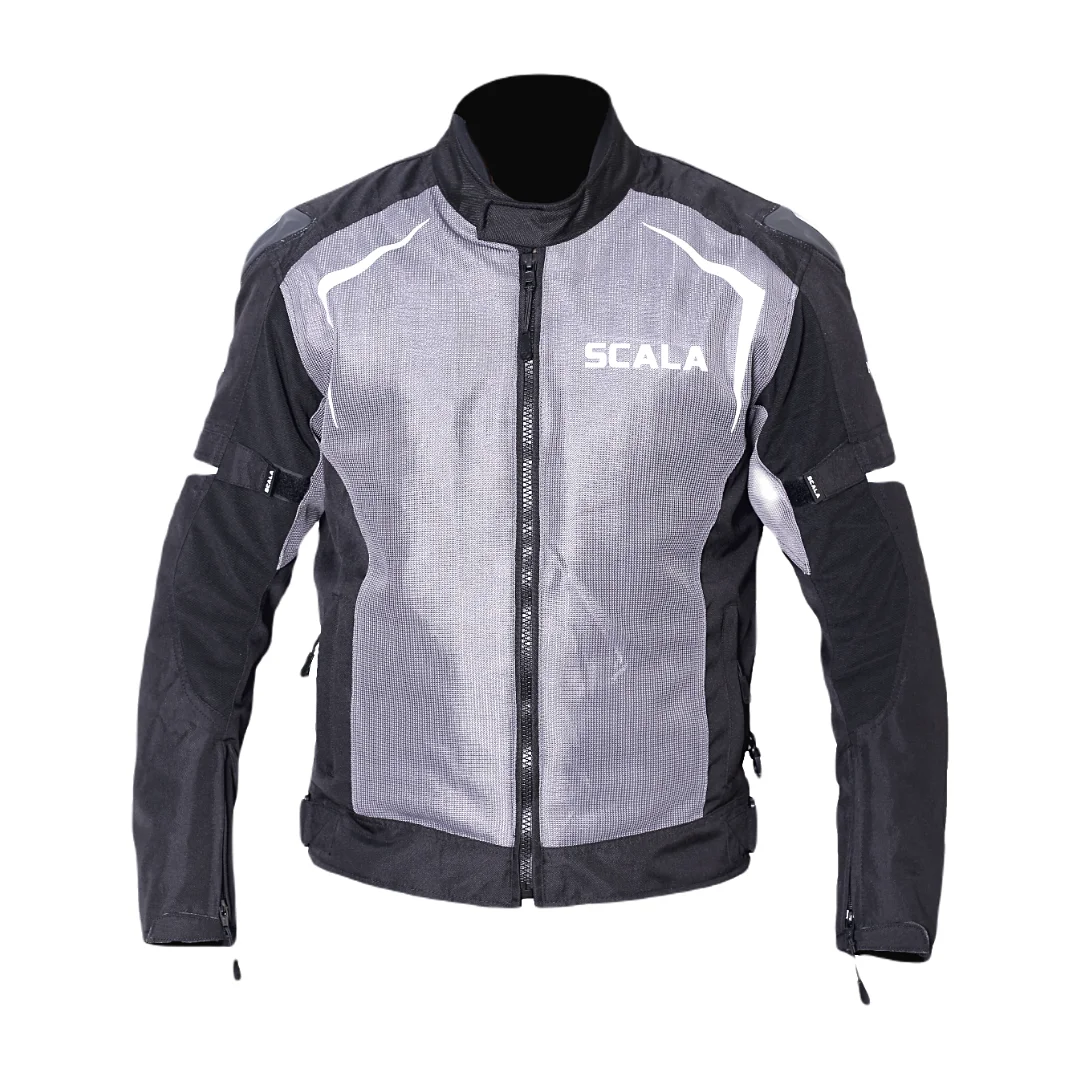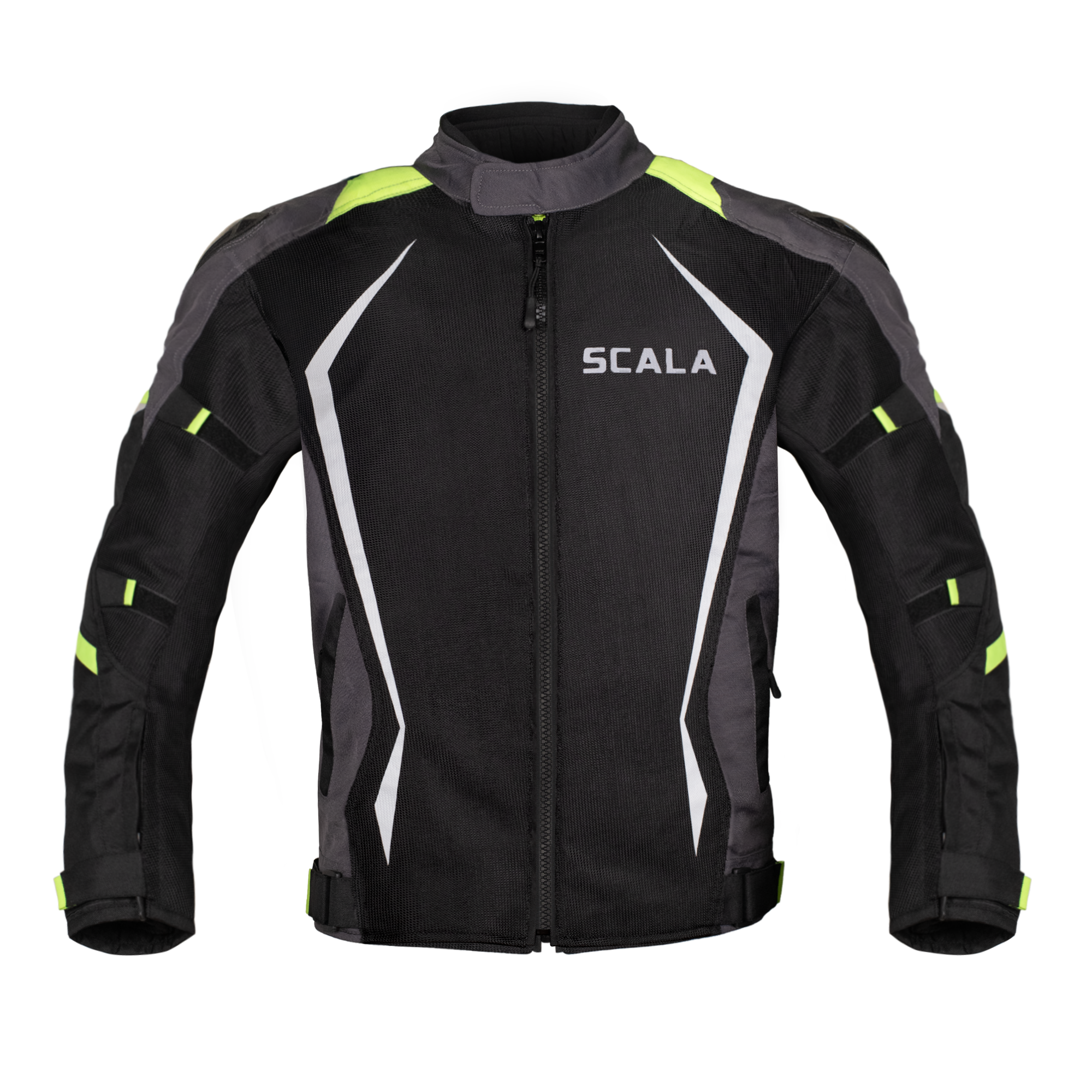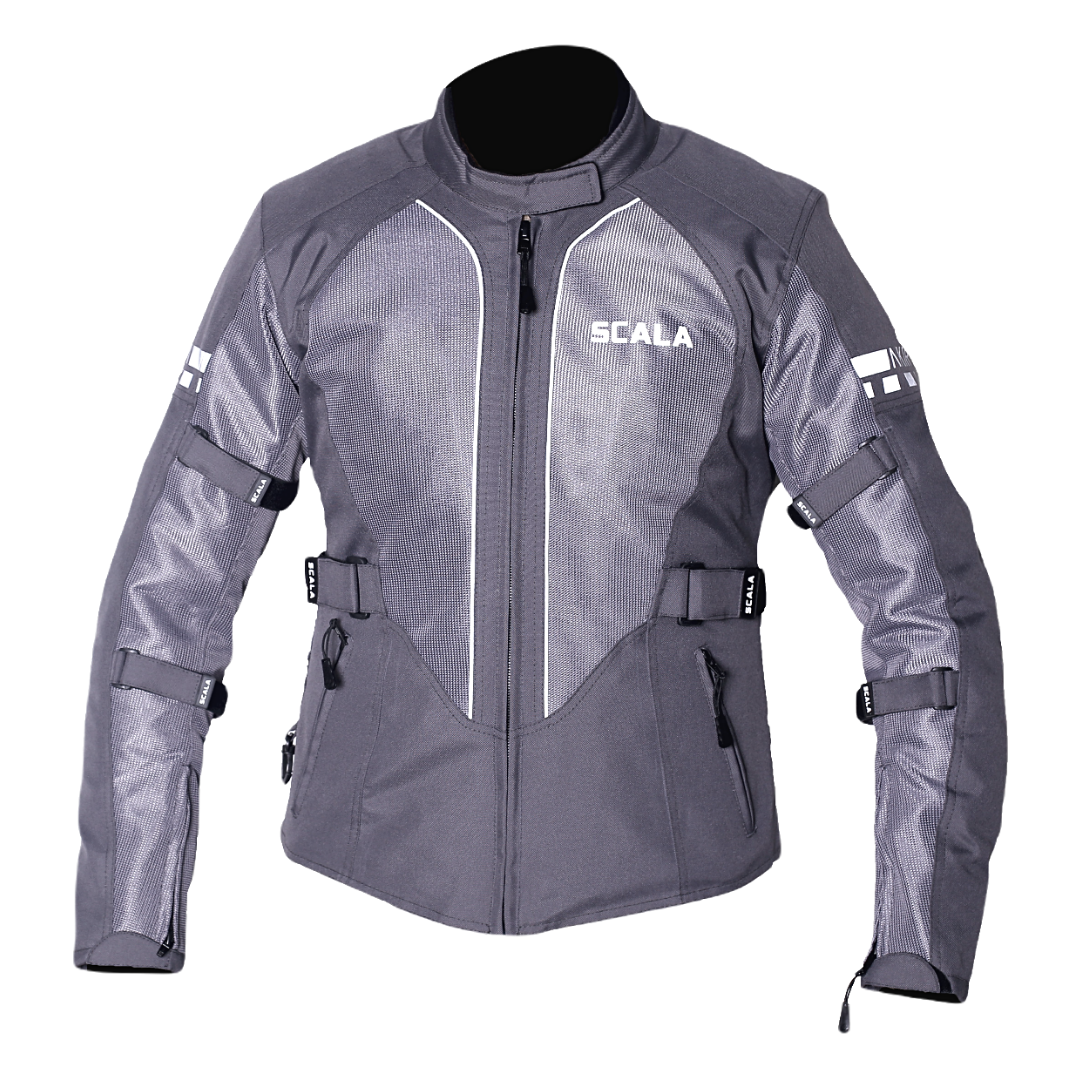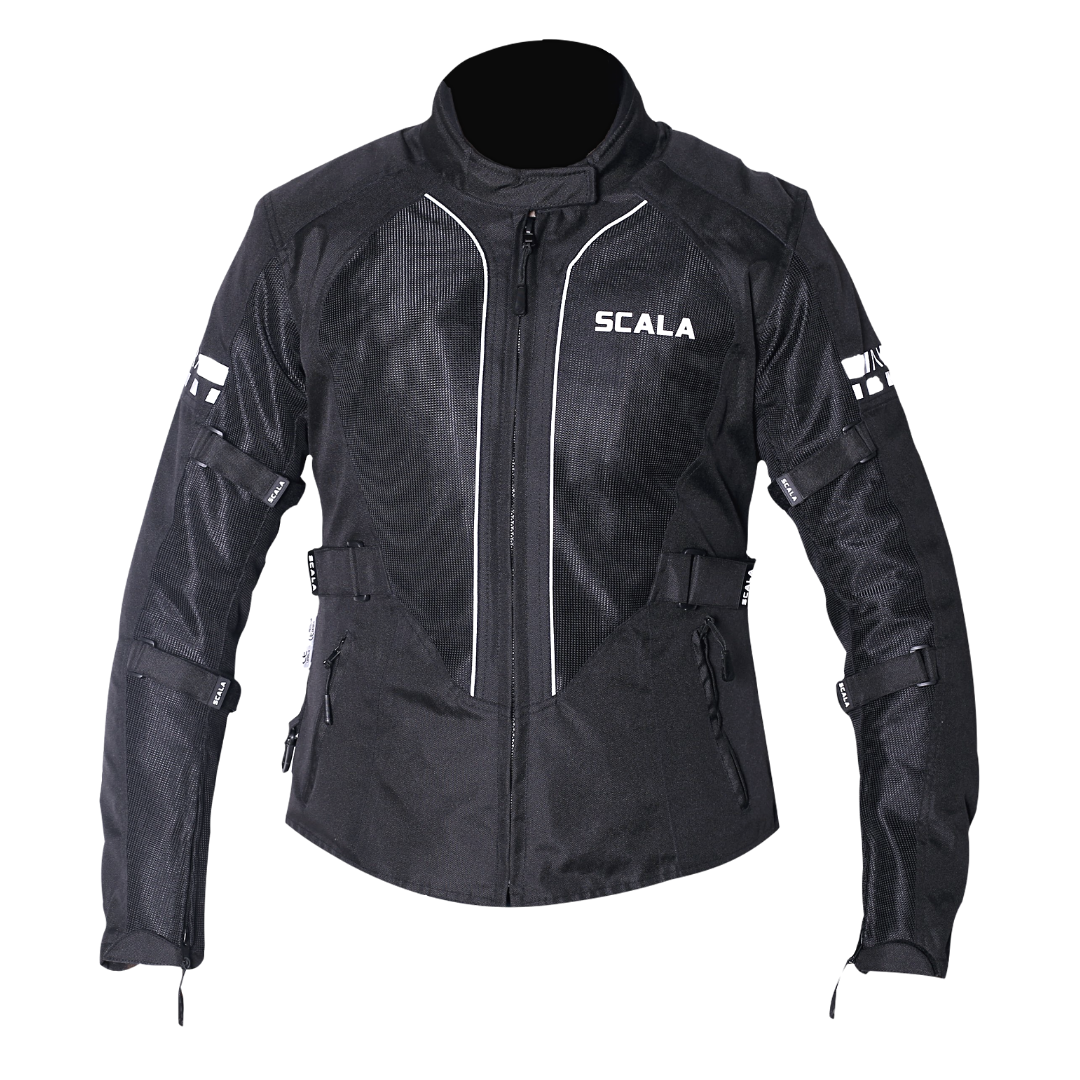
RECENT POSTS
Why Comfort Matters: The Role of Riding Gear in Long-Distance Motorcycling in India
0 CommentsConfidence on Indian Terrain: How Scala Gears Can Enhance Your Riding Experience
0 CommentsEmbrace the Fall Ride: The Ultimate Motorcycle Gear Guide for Autumn Adventures
0 CommentsHow to Choose Comfortable Riding Gear?

Motorcycling is an exhilarating activity that combines freedom with adventure. However, to fully enjoy the ride, it’s crucial to invest in comfortable riding gear. Comfort not only enhances your overall riding experience but also contributes to safety, performance, and enjoyment. With a wide range of options available, selecting the right gear can be daunting. This blog provides a comprehensive guide to choosing comfortable riding gear, ensuring you find the perfect fit for your needs.
1. Understanding the Importance of Comfort in Riding Gear
Comfort in riding gear is essential for several reasons:
- Long-Distance Rides: For extended journeys, comfort becomes a priority. Gear that fits well and offers adequate ventilation can prevent fatigue and discomfort.
- Safety: Well-fitted gear not only provides better protection but also ensures that armor stays in place, reducing the risk of injury.
- Enhanced Performance: Comfortable gear allows for better movement and control, contributing to improved riding performance.
- Weather Adaptability: Gear that accommodates different weather conditions enhances your overall riding experience by keeping you comfortable regardless of external factors.
2. Key Factors to Consider When Choosing Riding Gear
**a. Fit and Sizing
- Proper Fit: Gear should fit snugly but not be too tight. Armor should be positioned correctly over your shoulders, elbows, and knees. Manufacturers often provide sizing charts, so use them to find your size.
- Adjustability: Look for gear with adjustable features such as straps, buckles, and velcro. These adjustments allow you to fine-tune the fit and enhance comfort.
- Mobility: Ensure that the gear allows for natural movement. It should not restrict your range of motion or cause discomfort when riding.
**b. Material and Construction
- Breathability: Choose gear made from breathable materials to regulate body temperature and reduce sweating. Mesh fabrics are ideal for warm weather, while thermal linings are better for colder conditions.
- Durability: Opt for high-quality materials that can withstand wear and tear. Leather, textile, and synthetic materials are common choices, each with its own advantages.
- Water Resistance: For wet conditions, consider gear with waterproof or water-resistant properties. Look for features such as sealed seams and waterproof membranes.
**c. Ventilation and Climate Control
- Ventilation: Proper ventilation is crucial for comfort in varying temperatures. Look for gear with adjustable vents or mesh panels that allow air to circulate and keep you cool.
- Climate Adaptability: Choose gear that offers versatility for different weather conditions. Some riding jackets and pants come with removable liners for added warmth or cooling.
**d. Armor and Protection
- Quality Armor: Ensure that the gear includes high-quality armor for impact protection. CE-rated armor is a standard for safety and should be present in key areas like the back, shoulders, and knees.
- Placement: Check that the armor is well-placed and remains in position during movement. This ensures optimal protection in the event of a crash.
**e. Comfort Features
- Padding and Lining: Look for gear with comfortable padding and soft linings. These features reduce pressure points and enhance overall comfort.
- Adjustable Features: Adjustable cuffs, collars, and waistbands help tailor the fit to your body shape, increasing comfort and functionality.
- Seam Construction: Flat seams and reinforced stitching prevent chafing and irritation, enhancing long-term comfort.
**f. Style and Aesthetics
- Personal Preference: While comfort is paramount, personal style and aesthetics also play a role. Choose gear that reflects your style while providing the necessary functionality.
- Visibility: Consider gear with reflective elements for better visibility in low-light conditions. Safety should always be a priority, and visibility is an important aspect of that.
3. Types of Riding Gear and Their Comfort Considerations
**a. Helmets
- Fit and Padding: Helmets should fit snugly without being uncomfortable. Look for helmets with adjustable liners and padding for a customized fit.
- Ventilation: Proper ventilation is essential to prevent overheating and fogging. Choose helmets with adjustable vents to regulate airflow.
- Weight: Lightweight helmets reduce neck strain during long rides. Opt for helmets made from advanced materials like carbon fiber or composite for a balance of protection and comfort.
**b. Jackets
- Material: Choose jackets made from durable and breathable materials. Textile jackets with mesh panels are great for warm weather, while leather jackets offer more protection and insulation.
- Liners: Removable thermal or waterproof liners provide flexibility for different weather conditions. This adaptability enhances comfort across various climates.
**c. Pants
- Fit and Flexibility: Riding pants should fit comfortably and allow for natural movement. Look for pants with stretch panels or articulated knees for better mobility.
- Ventilation: Pants with zippered vents or mesh panels offer better airflow, reducing discomfort during hot rides.
**d. Gloves
- Fit and Dexterity: Gloves should fit snugly without restricting movement. Ensure that they offer good dexterity for handling controls comfortably.
- Padding: Look for gloves with adequate padding in the palms and fingers to absorb vibrations and prevent hand fatigue.
**e. Boots
- Protection and Comfort: Riding boots should provide ankle support and protection while remaining comfortable for long rides. Look for boots with padded interiors and adjustable closures.
- Waterproofing: Waterproof boots are essential for riding in wet conditions. Ensure that they have a waterproof membrane and sealed seams to keep your feet dry.
4. Testing and Buying Tips
- Try Before You Buy: Whenever possible, try on the gear before purchasing. Test the fit and comfort by moving around and simulating riding positions.
- Read Reviews: Research and read reviews from other riders to gain insights into the comfort and performance of different gear.
- Check Return Policies: Ensure that the retailer has a reasonable return policy in case the gear does not fit properly or meet your comfort expectations.
5. Scala Riding Gear: Comfort and Innovation
Scala Riding Gear is known for its commitment to comfort and innovation. Their products incorporate advanced features designed to enhance your riding experience:
- Adjustable Fit: Scala gear features adjustable straps, buckles, and liners, allowing you to customize the fit for maximum comfort.
- Breathable Materials: Scala uses high-quality, breathable fabrics to ensure comfort in various weather conditions. Their gear includes ventilation systems and moisture-wicking linings.
- Integrated Technology: Scala offers gear with integrated communication systems, allowing you to stay connected while on the road. This feature adds convenience without compromising comfort.
- Ergonomic Design: Scala’s gear is designed with ergonomics in mind, providing a comfortable fit and reducing fatigue during long rides.
Conclusion
Choosing comfortable riding gear is essential for an enjoyable and safe motorcycling experience. By considering factors such as fit, material, ventilation, and protection, you can find gear that enhances your comfort and performance on the road. Scala Riding Gear offers a range of products designed to meet these needs, combining advanced features with innovative design. Invest in high-quality, comfortable riding gear to ensure that every ride is as enjoyable and safe as possible. Ride with confidence, stay comfortable, and embrace the thrill of the journey.




